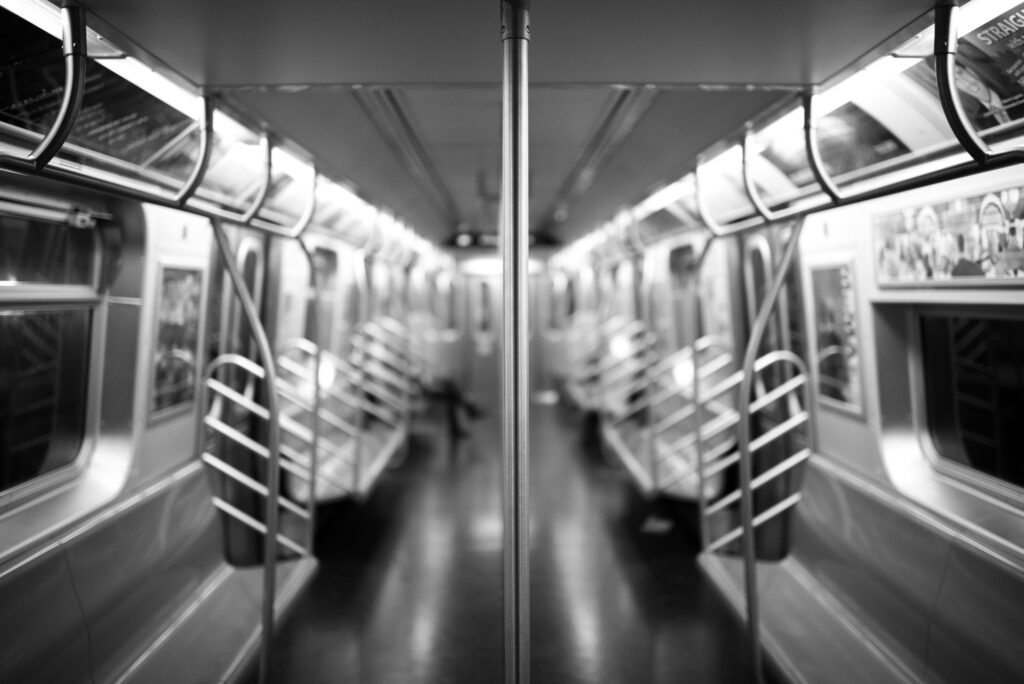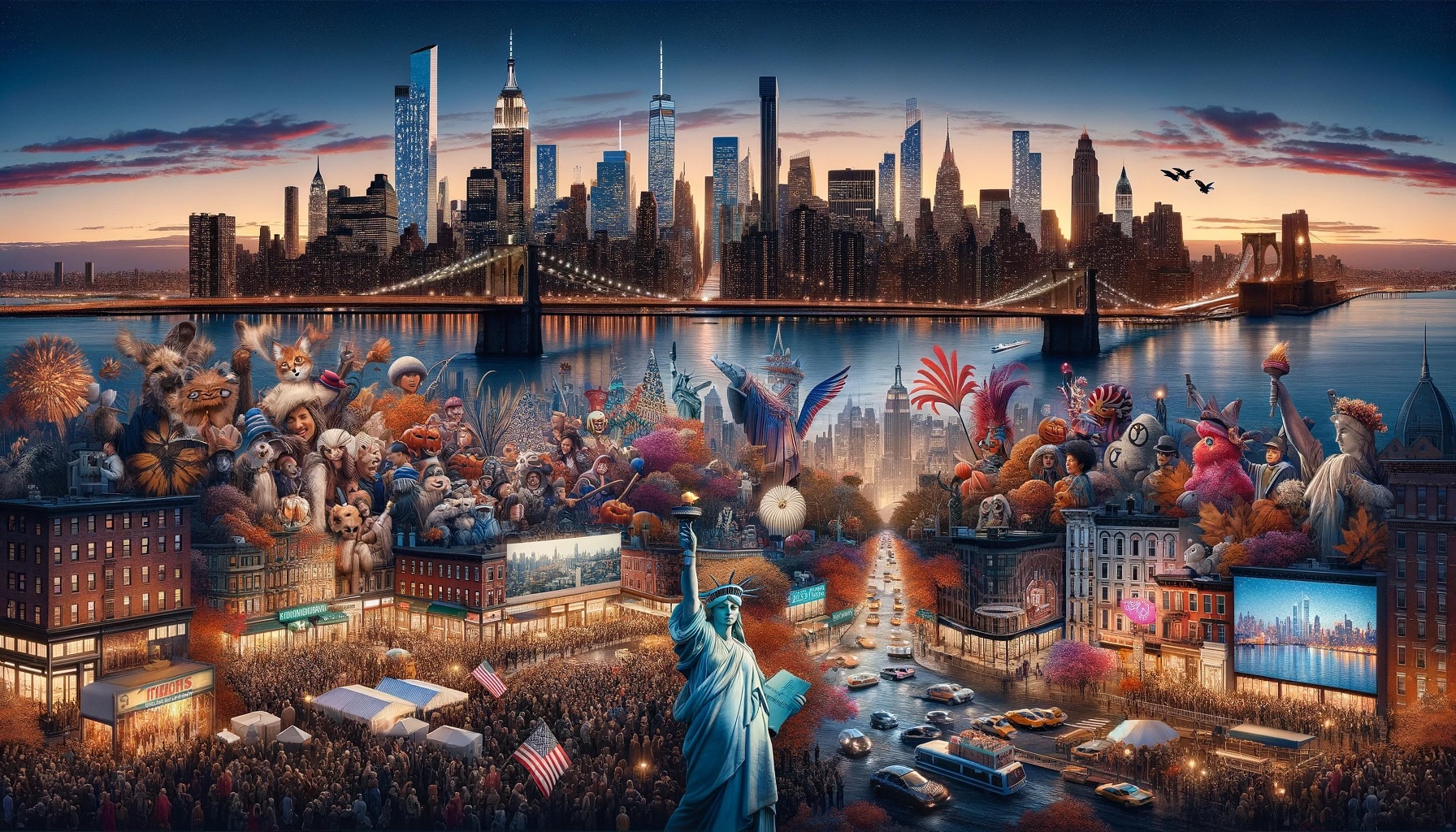New York City is known for its iconic skyline, bustling streets, and 24/7 energy. But what makes this city truly unique is its subway system, the largest in the world and a vital part of New York’s history and identity. In this blog post, we delve into the history of the New York subway, from its humble beginnings to its current status as one of the most extensive and important public transportation systems in the world.
The Early Days of New York’s Subway System
The idea of a subway system in New York City first emerged in the mid-19th century, as the city’s population exploded and the streets became clogged with horse-drawn carriages and carts. In 1864, a group of businessmen proposed building an elevated railway system, but the plan was rejected by the city government.
It wasn’t until 1894 that the first underground subway line was opened, operated by the Interborough Rapid Transit Company (IRT). The IRT’s first line ran from City Hall to 145th Street, and it was an instant success. The subway system quickly expanded, with new lines and stations being added, and by the 1920s, New York City had one of the largest and most comprehensive subway systems in the world.
The Growth and Expansion of the Subway System
In 1940, the city’s subway system was taken over by the newly formed New York City Transit Authority (NYCTA), which continues to operate the subway to this day. Over the next several decades, the subway system continued to expand and evolve, with new lines being added, old lines being extended, and new technology being introduced.
One of the most significant changes to the subway system occurred in the 1970s and 1980s, when the city began to phase out its old subway cars and replace them with newer, more modern trains. This process was part of a larger effort to modernize the subway system, which included the installation of new signals, power systems, and communication systems.
The Subway System Today
Today, the New York subway system is a complex network of over 472 stations and 26 lines, covering all five boroughs of the city. It is one of the largest and most extensive public transportation systems in the world, carrying over 5 million passengers every weekday.
The subway system continues to evolve, with new technology being introduced to improve the riding experience for passengers, and new lines and stations being planned to accommodate the growing population of the city. Despite its many challenges, the New York subway system remains a vital part of the city’s history and identity, and it continues to play a crucial role in the lives of millions of New Yorkers.
The history of New York’s subway system is a story of innovation, growth, and perseverance. From its humble beginnings as a single line connecting City Hall to 145th Street, the subway system has grown and expanded to become one of the largest and most important public transportation systems in the world. Today, the subway continues to play a vital role in the lives of millions of New Yorkers, and its legacy will continue to shape the city for generations to come. Whether you’re a New Yorker, a history buff, or simply someone who loves to explore the city, the New York subway system is a fascinating and essential part of the city’s story, and a must-visit for anyone visiting the Big Apple.
FAQs
- When was the first subway line in New York City built? The first subway line in New York City was built in 1904.
- How many subway lines are there in New York City? There are currently 27 subway lines in New York City.
- When was the last subway expansion in New York City? The last subway expansion in New York City occurred in 201
New York City Subway – MTA






